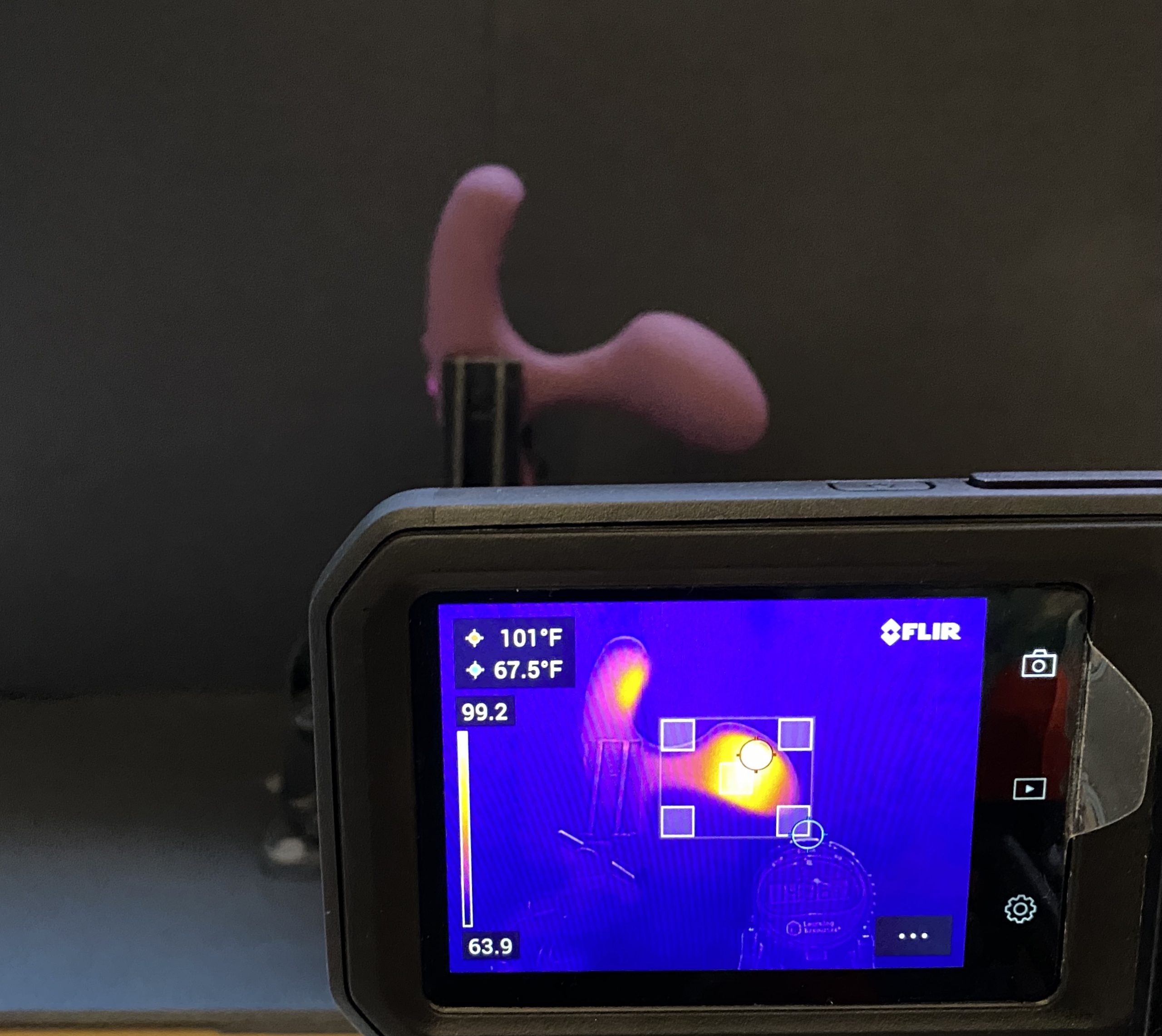Thermal Conductive Polymer Tech
Understanding thermal heat transfer in products is key for innovative engineering solutions in product design and development.
What is a thermally conductive polymer?
Thermally conductive polymer materials come from high-tech and were developed in part, to provide conductive cooling in products that produce a lot of heat. The ability to injection mold heat sinks into any form to fit complex shapes and sink hot board components is a game-changer. As products have become smaller and faster with more computations, they heat up quickly and must be cooled to run optimally.
Understanding the physics of heat transfer can allow for creative problem solving and feature solutions. A thermally conductive polymer can be used as a heat transfer component allowing a part to provide rapid heat transfer and become ‘heated’. With thermal coefficients higher than standard injection molded plastics like ABS and PC/ABS, heat can be moved into custom molded parts quickly and provide a consistent volume of heated material. A recent contract manufacturer sourced a patent-pending conductive polymer that is 15X more conductive than standard ABS or PC. This material was discovered and designed into a product to provide rapid heating, reversing the ‘heat sink’ mentality and using it to ‘heat’ a product instead. Current heated products on the market use a nichrome wire to heat standard injection molded polymers that do not retain uniform heat, thus you get bands of heat where wire is conducting to the plastic. Using this innovative material, entire parts can be heated very quickly (seconds instead of minutes) and much more uniformly than standard heating practices.
The highly conductive polymer is a patent-pending polymer with a PA (Nylon) base polymer and ultra-slim aluminum fibers added. The material is composed of Nylon, a compatibilizer for stability and a highly conductive aluminum thermal fiber. This complex material combination initially goes through a precise polymer branching and chain extender process. Then during injection molding the combined material is cross-linked creating an efficient conductive material. Not only do the conductive metal fibers provide increased thermal conductivity, the metal increases the overall strength of the plastic parts. Current thermally conductive polymers on the market add aluminum oxide to increase the thermal coefficient. Aluminum oxide additives do not increase the thermal conductivity as much and they create brittle molded parts that cannot be used in structural assemblies. The patent-pending conductive polymer has a thermal coefficient of 3 W/(m*K). This creates quick, uniform heating into all parts molded in the conductive plastic.
What products do you need to heat?

